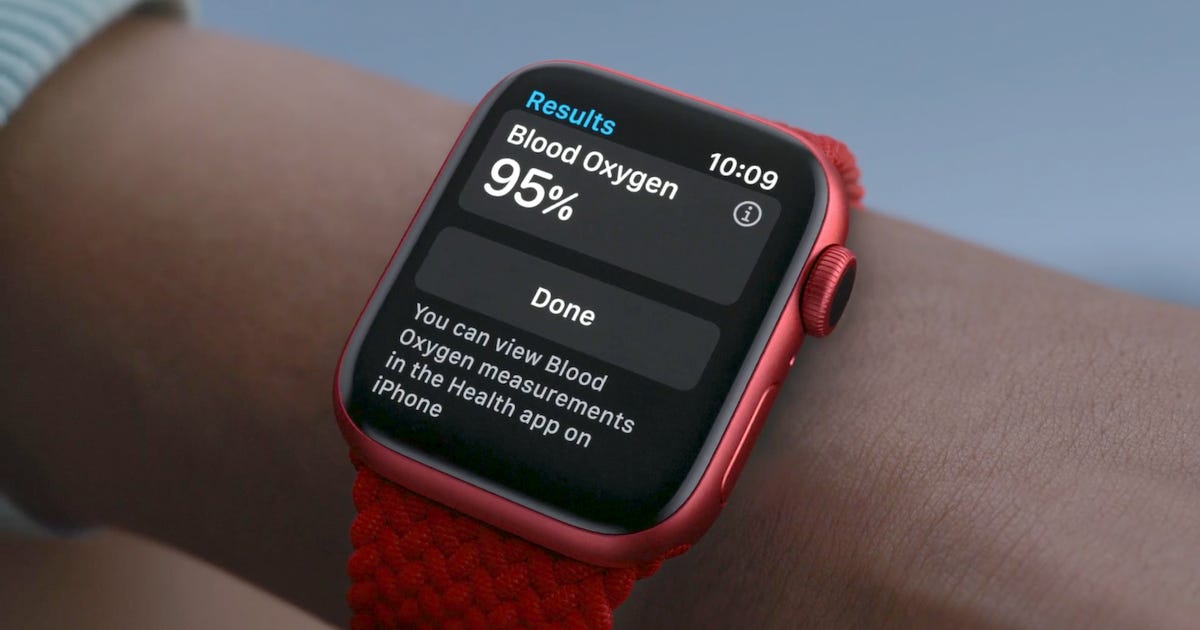
Off all the light that goes through the finger, it is just the little pulsatile part that the pulse oximeter evaluations. Since it is such a percentage of the total light, the pulse oximeter is really susceptible to mistakes if for an instance, the probe is not put appropriately or if the patient moves the probe.
As people, we like to think what is good, so when we see a nice saturation like 99 %, we tend to believe it, when in fact the people real saturation may be a lot reduced. So constantly look at pleth initially, before taking a look at oxygen saturation. Never ever look just at oxygen saturation! Simply to remind you (okay, I assure, this is the last time!), think about "Sp, O2" as a tip.
Fortunately, there are light discharging diodes (LED) that release light at a loss light and infrared light wavelengths and also these are thus conveniently made use of in pulse oximeters. The exact wavelengths of the LEDs used depends on the producer. For convenience, in our conversations, we made the red LED to have a wavelength of 650 nm and also the infrared LED to have a wavelength of 950 nm (very easy to keep in mind).
The Main Principles Of Finger Oximeter
You will certainly note that, though there are only 2 LEDs, the light detector is revealed to three sources of light. In enhancement to the red and also infra red LED light sources, there is also light in the area (ambient light) that the pulse oximeter is functioning in.
The pulse oximeter has to deal with these 3 resources of light. It wants the red and infra red light to calculate oxygen saturation. On the other hand, the area light is unwanted "noise", as well as needs to be gauged. The way it does this will certainly be explained. The above diagram shows both LEDs lit to make the description easier.
The detector as a result records infrared light and also room light that falls on it. Now the only light that falls on the detector is the room light.
Rumored Buzz on Oxygen Level Meter
Right here is the sequence: Only red LED is on. Sensing unit actions red plus space light. Only infrared LED gets on. Sensing unit steps infrared plus area light. Both LEDs off. Sensing unit steps only room light. Troubles with pulse oximeter Issue of motion When you think about problems connected with pulse oximeters it is vital to keep in mind that the signal that is examined is really little.
As the finger actions, the light levels alter substantially. Such a bad signal makes it challenging for the pulse oximeter to determine oxygen saturation.
Issue of way too much ambient light As reviewed before, along with the light from the LEDs, ambient (room) light also strikes the detector. For good functioning of the pulse oximeter, the toughness of the LED light falling on the detector should be great when contrasted with the stamina of the ambient light falling on the detector.
The Oxygen Level Machine Diaries
It is crucial to reduce the amount of ambient light dropping on the detector. One can attempt and move away solid resources of space light.
During diathermy usage, one ought to beware about analyzing pulse oximeter analyses. Problem of bad peripheral perfusion A great peripheral blood flow makes the arteries in fingers nicely pulsatile. As discussed previously, it is the pulsatile modification in absorbance that is utilized in the calculation of oxygen saturation. When the outer perfusion is bad (e.
in hypotension), the arteries are a lot less pulsatile. The adjustment in absorbance is as a result much less as well as the pulse oximeter may then discover the signal insufficient to correctly determine oxygen saturation. Trouble of not finding hyperoxia At first, we talked about that oxygen saturation refers to just how much of the hemoglobin is bring oxygen.
About the author